Today I would like to speak to you about a very important Queen for Spain: "Isabel I de Castilla".
Isabel I de Castilla was born in Madrigal de las Altas Torres (a village that belongs to the province of Ávila), on April 22, 1451; and she died, in Medina del Campo (Valladolid), on November 26, 1504.
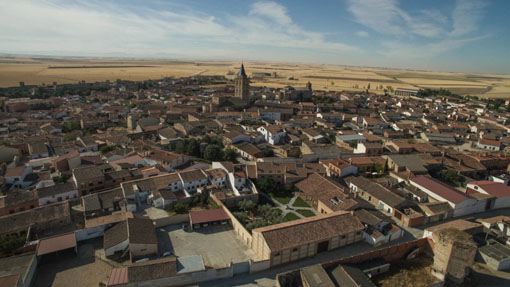
Madrigal de las Altas Torres
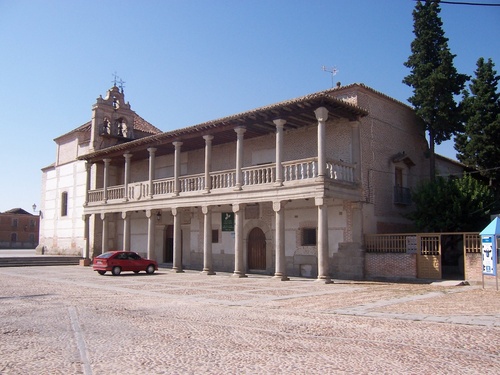
Monastery of Nuestra Señora de Gracia, birthplace of Isabel I de Castilla
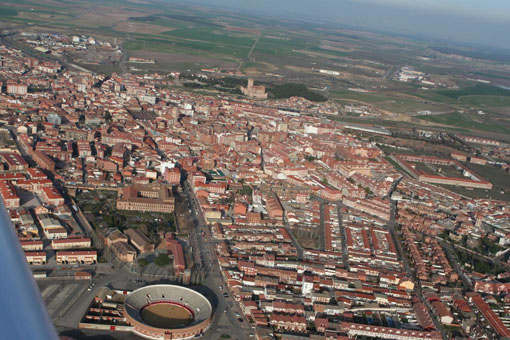
Medina del Campo
Isabel was Queen of Castile from 1474 to 1504, Queen consort of Sicily from 1469 and Aragon from 1479, by her marriage with Fernando de Aragón. She is also known as “Isabel la Católica”, a title that was granted to her and her husband by Pope Alexander VI, through the bull “Si convenit”, on December 19, 1496. Therefore the Royal couple is known as “Reyes Católicos” (The Catholic Kings),
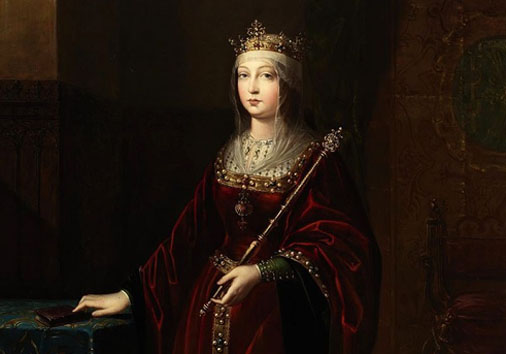
Isabel I de Castilla
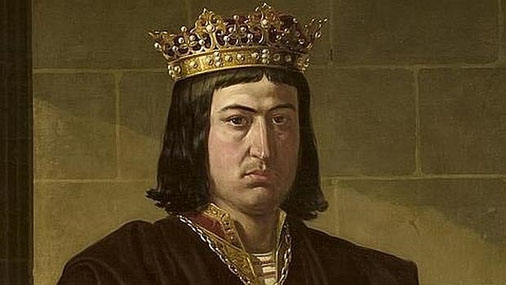
Fernando The Catholic
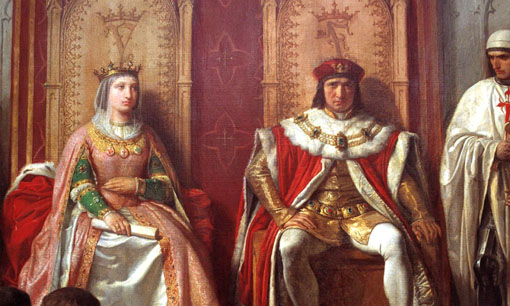
Isabel and Fernando, Los Reyes Católicos
She married on October 19, 1469 with Prince Fernando de Aragón. Because they were second cousins, they needed a papal bull of dispensation that they only got from Sixtus IV, through his envoy, the Cardinal Rodrigo Borgia, in 1472. She and her husband Ferdinand conquered the Nasrid kingdom of Granada and participated in a network of marriage alliances, who made their grandson, Carlos, inherit the crowns of Castile and Aragon, as well as other European territories, and became emperor of the Holy Roman Empire.
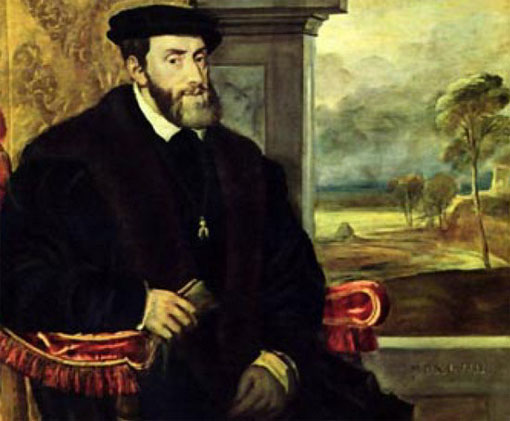
Carlos I de España and V de Alemania
Isabel and Fernando took the throne after a long struggle, first against the King Henry IV and, from 1475 to 1479, in the Castilian War of Succession, against the supporters of the other pretender to the throne, Joan. Isabel reorganised the system of government and administration, centralising powers previously held by the nobles; reformed the system of citizen security and carried out an economic reform to reduce the debt that the kingdom had inherited from her stepbrother, and predecessor on the throne, Henry IV. After winning the war, in Granada, the Catholic Kings expelled the Jews from their kingdoms and, years later, also the Muslims.
Isabel granted support to Christopher Columbus, in the search of the West Indies, which led to the discovery of America. This event would result in the conquest of the discovered lands and the creation of the Spanish Empire.
Isabel lived 53 years, of which she ruled 30 years as Queen of Castile and 26 as Queen consort of Aragon, next to Fernando II. Since 1974, she has been considered a Servant of God by the Catholic Church, and her cause of beatification is open.
Isabel de Castilla, daughter of Juan II of Castile and his second wife, Isabel de Portugal (1428-1496), was born in Madrigal de las Altas Torres (Ávila), on April 22, 1451, Holy Thursday, in the Palace that today occupies the Monastery of Our Lady of Grace. No one thought how important that child would be in the future. At that time, Madrigal was a small village, in which her mother lived, Isabel de Avis, and from her she received the name, which was not frequent in Spain. Two years later, her brother Alfonso was born in Tordesillas.
Five lustrums before, fruit of the marriage between Juan II of Castile and Maria de Aragón, and therefore brother of Isabel on the part of father, had been born Enrique (1425), who would accede to the throne, in 1454, as Enrique IV.
Isabel de Castilla was the granddaughter of Catherine de Lancaster. Let's see:
Catalina de Lancaster was born in Hertford, on March 31, 1373 and died, in Valladolid, on June 2, 1418. She was the daughter of Juan de Gante and his second wife, Constanza de Castilla, and Queen consort de Castilla, his marriage to King Enrique III of Castile.
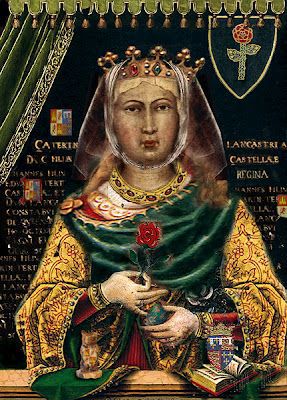
Catalina de Lancaster
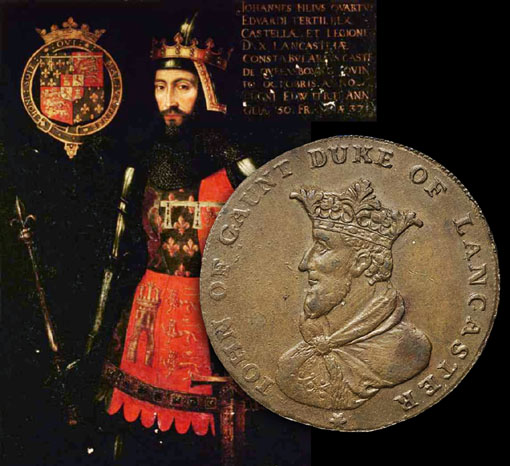
Juan de Gante
On the father's side, her grandparents were the King Edward III of England and his wife, Felipa de Henao. On the maternal side, her grandparents were the King Pedro I of Castile and his wife, María de Padilla.
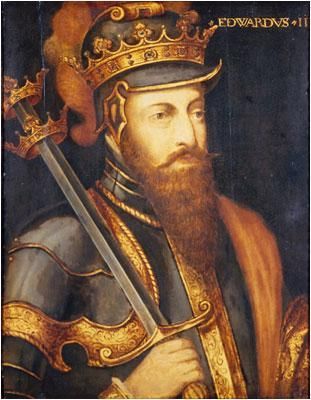
Eduardo III of England
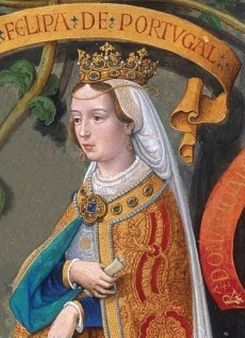
Felipa of Lancaster
Catalina of Lancaster was sister of the King Henry IV of England and grandmother of Isabella the Catholic.
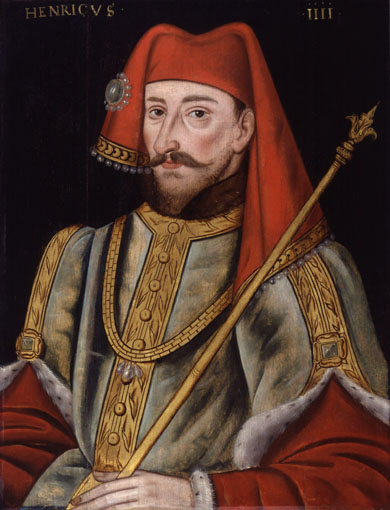
Enrique IV of England
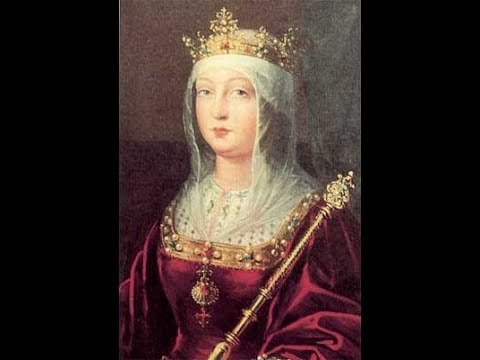
Isabel I of Castile
As granddaughter of the deposed King Pedro I of Castile, Catalina was educated in her own home, as an heiress, and entered into Spanish politics when her father, Juan de Gante, claimed the throne in the name of his wife, Constanza, and his daughter, organizing an expedition with the help of Richard II of England, who landed in La Coruña, in 1386.
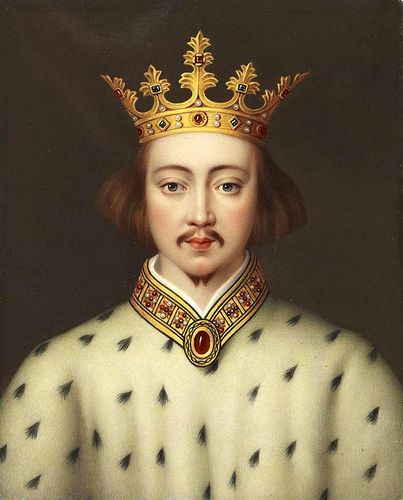
Ricardo II of England
To resolve the conflict, under the Treaty of Bayonne, Catherine de Lancaster contracted betrothal, with her cousin Enrique de Trastamara, on September 17, 1388, in the Cathedral of San Antolin of Palencia. Enrique was a member of the House of Trastamara, bastard branch of the House of Burgundy. Her husband, Enrique, was granted the title of Prince of Asturias, since then the title was used by the heir of the Castilian crown and, later, by the heir of the Spanish crown.
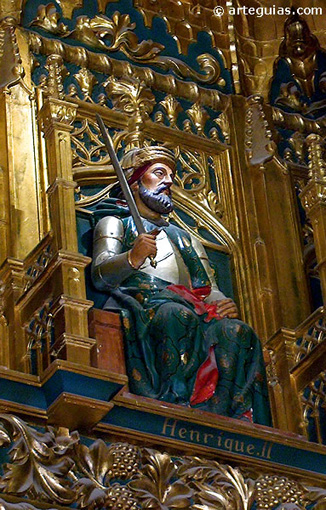
Enrique de Trastámara in the Fortress of Segovia
This link put an end to the dynastic conflict between the descendants of Pedro I of Castile and Enrique II of Castile, establishing the House of Trastámara and establishing peace between England and the Crown of Castile.
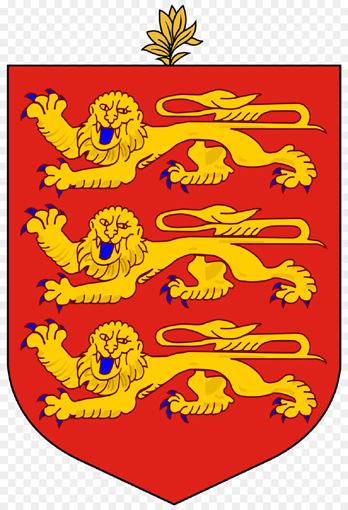
The coat of arms of England
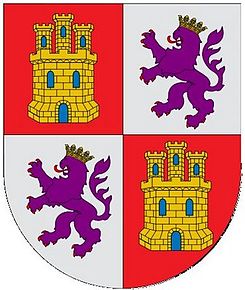
The coat of arms of the Crown of Castile
The formal marriage between Catherine de Lancaster and her husband was held in the town of Madrid, in 1393, and Henry III was King of Castile.
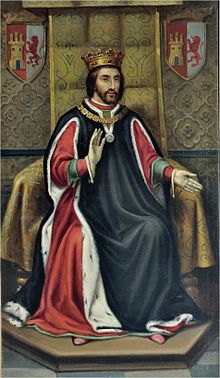
Enrique III de Castilla
Upon the death of her father, in 1454, Isabel was sent with her mother and her brother Alfonso to the village of Arévalo, where she would see her mother's mad attacks. This is a time of difficulties, even economic ones. During this time, Isabel devoted herself to reading religious books. She also struck up a friendship with Beatriz de Silva (1424-1491), who would later help in founding the Order of the Immaculate Conception and to which she donated the palaces of Galiana, in the city of Toledo. Other important people, at this time and in general in her life were, in the Toledo area, Gutierre de Cárdenas, his wife Teresa Enríquez and Gonzalo Chacón.
In 1461, Isabel and her brother Alfonso were transferred to Segovia, where the Court was located, because the birth of the daughter of the kings, Miss Juana de Castilla, was near. Soon, the enemies of the king, nicknamed her Juana "la Beltraneja", spreading the rumor that the father was a courtier, Beltrán de la Cueva.
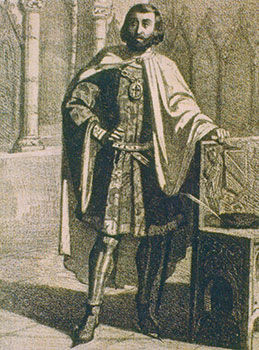
Beltran de la Cueva
In 1465, a part of the nobles clashed with the King Enrique, formed a side around his stepbrother Alfonso, only twelve years, and came to depose Enrique in the "farce of Avila". Isabel remained at Alfonso's side, during this time. However, in 1468, Alfonso died in Cardeñosa, perhaps poisoned.
In spite of the pressures of the nobles, Isabel refused to proclaim herself Queen while Enrique IV was alive. On the contrary, she got his stepbrother to grant her the title of Princess of Asturias, in a disputed ceremony that took place in the Toros de Guisando, on September 19, 1468, known as the “Concordia de Guisando”. Isabel was constituted as heir to the crown, ahead of Juana, her niece and goddaughter of baptism, to whom part of the nobility did not consider legitimized to occupy the throne, because of the doubts that there were about her fatherhood. From this moment, Isabel goes to reside in Ocaña, a town belonging to Don Juan Pacheco, Marquis of Villena. The king initiates diplomatic contacts with other royal houses to achieve a marriage agreement that will give him benefits.
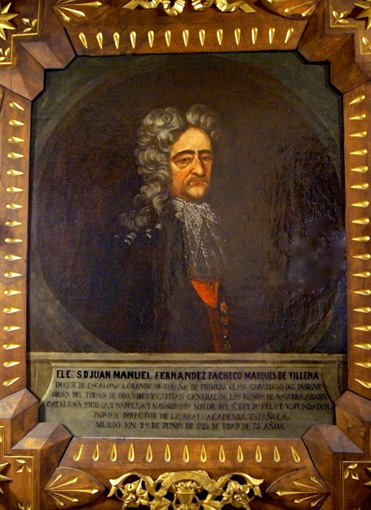
Juan Manuel Fernandez Pacheco
The support of the San Juan eagle with nimbus was already used, in 1473, on the coat of arms of Isabel, being still a princess. The motto or mmoniker "Tanto monta ..." explained the personal badge of Ferdinand II of Aragon, who adopted a yoke with a knot cut in allusion to the Gordian knot, which gave so much (both mounted) to untie it as to chop it. The Queen's own motif was the bundle of arrows. After the union of crowns, these two elements passed to the common crest, which took heraldic elements from the two consorts.
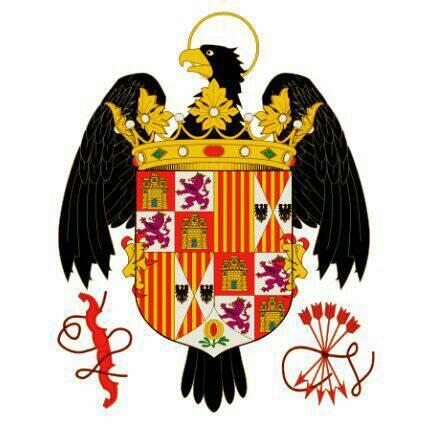
Combined arms of the Catholic Kings
Since three years, Isabel had been engaged to Fernando, son of Juan II of Aragon.
However, Enrique IV broke this agreement, six years later, to compromise her with Carlos, Prince of Viana. The marriage did not get to consolidate, by the determined opposition of Juan II of Aragon. Enrique IV's attempts to marry her with the King Alfonso V of Portugal, Elizabeth's second-degree cousin and almost twenty years older than her, were also unsuccessful. In 1464, he managed to reunite them in the Monastery of Guadalupe, but she rejected him, citing the age difference between the two.
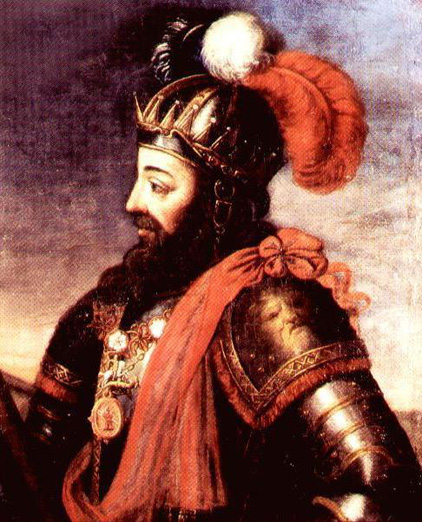
Alfonso V King of Portugal
Later, when she was 16 years old, Isabel was engaged to Pedro Girón, 43 years old, Master of Calatrava and brother of Juan Pacheco; but Giron died of unknown causes, while making the journey to meet his fiancée.
On September 18, 1468, Isabel was proclaimed Princess of Asturias, through the Concord of the Bulls of Guisando, Henry IV revoking in this way the previous appointment of his daughter Juana. After the ceremony, Isabel went on to live in Ocaña, in close contact with the Court. Henry IV again agreed the link between Elizabeth and the Duke of Braganza and King of Portugal, Alfonso V, since in the Treaty of the Bulls of Guisando had been agreed that the marriage of Elizabeth should be held with the approval of the Castilian monarch. The proposal also involved the project of marrying his daughter, Juana, with the Crown Prince, Juan, son of Alfonso V of Portugal. In this way, Isabel would be transferred to the neighbouring kingdom and, on the death of her husband, the thrones of Portugal and Castile would pass to Juan II of Portugal and his wife, Juana. But Isabel refused.
After this, the king tried to be married to the Duke of Guyenne, brother of Louis XI of France; but Isabel refused again. The French monarch then asked the hand of Juana for his brother, the Duke of Guyenne; Louis XI wanted to take the duke away from his surroundings, because he was a threat to him. The betrothal was performed in 1470, in Medina del Campo, but the duke died in 1472 of tuberculosis, 12 years before meeting the bride.
Meanwhile, Juan II of Aragón tried to negotiate in secret with Isabel the wedding with his son Fernando. Isabel and her counselors considered that he was the best candidate for a husband, but there was a legal impediment, since they were second cousins (her grandparents, Fernando de Antequera and Enrique III, were brothers). They needed, therefore, a papal bull that exonerated them from consanguinity. The Pope, however, did not sign this document, fearing the possible negative consequences that this act could bring to him when the enmity of the kingdoms of Castile, Portugal and France attracted, all of them involved in negotiations to marry Princess Isabel with another suitor.
People from Isabel's environment falsified a supposed bull issued, in June 1464, by the previous Pope, Pius II, in favour of Fernando, in which he was allowed to marry any princess with whom he joined a blood relationship of up to third grade. Isabel accepted and signed the marriage agreements of Cervera, March 5, 1469. For the betrothal and fearing that Enrique IV aborted her plans, in May 1469 and with the excuse of visiting the tomb of her brother Alfonso, who rested in Ávila, Isabel escaped from Ocaña, where she was closely guarded by Don Juan Pacheco. For his part, Ferdinand went through Castile in secret, disguised as a mule waiter of some merchants. Finally, on October 19, 1469, they married in the Palacio de los Vivero, in Valladolid.
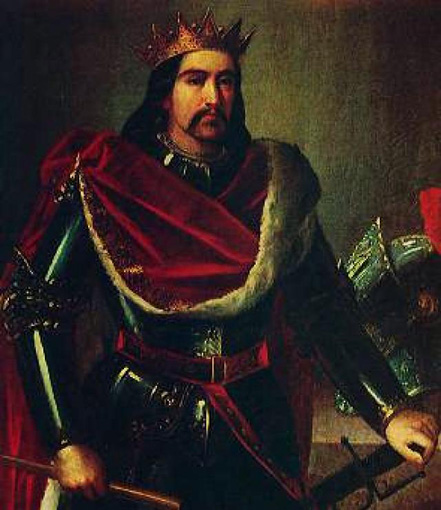
Fernando II of Aragon The Catholic
The marriage cost Isabel the confrontation with her half brother, the king. In 1471, Pope Sixtus IV sent Cardinal Rodrigo de Borja, to Spain, as a papal legate to settle various political affairs, in the peninsula, including this wedding. With him, he brought the Bull of Simancas, who dispensed from consanguinity to the princes Isabel and Fernando. Borja negotiated with them: he would give them the bull, in exchange for them granting the city of Gandía to his son Pedro Luis. Isabel and Fernando would fulfill their part of the bargain, in 1485.
When Henry IV died, Isabel was proclaimed Queen of Castile, on December 13, 1474, in Segovia, basing its legitimacy on the Treaty of the Bulls of Guisando. Then the War of the Castilian Succession (1475-1479) broke out between the supporters of Isabel and those of her niece Juana. The Treaty of Alcaçovas ended the conflict, recognising Isabel and Fernando as kings of Castile, in exchange for certain concessions to Portugal. After the war, Isabel ordered the construction of the Monastery of San Juan de los Reyes.
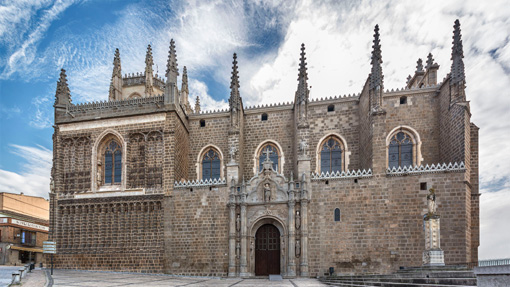
Monastery of San Juan de los Reyes
Isabel instructed her sons that they had obligations for their rank as sons of Kings, and that they should sacrifice themselves for that reason. She took them with her, during the military campaigns, but she also always watched over their well-being, as their courage proves before the mutiny that took place, in the Alcazar of Segovia, in 1476. The kings had installed the court there and lived there, in the fortress firstborn Isabel, under the protection and care of her friend, Beatriz de Bobadilla, and her husband, the warden Andrés Cabrera. He was of Jewish origin, which at that time was a source of racial tensions, and he was accused of wanting to take advantage of the trust, that the kings had for him, in addition to accusing him of embezzlement and tyranny. The tumult turned into a riot, when some provocateurs, disguised as peasants and with concealed weapons, harangued the population to dismiss the warden. Towards the Alcázar, a mass of furious people came, armed with tools of peasants, sticks and stones. The Queen was with Cardinal Mendoza, when he learned what happened, but neither had enough troops to defend the square. Fearful of the risk that her daughter could take, the Queen climbed on her horse and, accompanied by three guards, rode 60 kilometres to Segovia. At the entrance, the bishop tried to stop her, because of the great risk that she ran, but Isabel ignored the advice and advanced to the Alcázar. She went in and left the doors open, for all the mutineers to come in to expose her the complaints. After studying the complaints, she keeps Andrés Cabrera in the position. The people of Segovia kept her faithful, from that moment.
During the military campaigns of Fernando, the Queen was always in the rear, accompanied by her children and pending to provide what was necessary. Her help was decisive for the Castilian-Aragonese victory, in the Granada war, as evidenced by the facts of the surrender of Baza (Granada). It happened that the city had been fenced for a long time, but the population did not want to surrender and the Christian soldiers began to be demoralised by the long siege. The King Fernando asks his wife to appear, on the battlefield, to raise the morale of the troops. Isabel does this, being accompanied by several ladies and her eldest daughter, Isabel. The impact of her presence was immediate, not only for the Christian troops, but for the besieged population, that began its surrender, but not before the warrior king, but before the courageous Queen. In addition, Isabel was the precursor of the field Hospital , to be accompanied by medical personnel and assistants, to attend to the wounded, in the battlefield.
She believed in the projects of Christopher Columbus, despite the many criticisms and adverse political reactions of the Court and the scientists. During the common reign, with Ferdinand, there were events of great importance for the future of the kingdom, such as the establishment of the Holy Inquisition (1480), the creation of the Holy Brotherhood, the incorporation of the Nasrid Kingdom of Granada, as well as the religious unification of the Hispanic Crown, based on the forced conversion of the Jews, under death penalty or expulsion (Edict of Granada, 1492) and later of the Muslims.
After the discovery of America, in 1492, the process of evangelization of the indigenous natives began, entrusting this task to the Hungarian Pauline monks, who left for the new lands, in the next voyages of Columbus. The kings were concerned about the conversion and treatment fair of the Amerindians. They limited the enslavement of the Indians, initiated by Columbus, to the cases provided for in the Castilian laws of the time and prohibited, with little success, the distribution of Indians among the Spaniards settled in the Caribbean. After the death, the Governor Ovando took advantage of the power vacuum to establish the institution of the Assignment on Española Island. Isabel and Fernando signed the Treaty of Tordesillas (1494) with Portugal, which delimited their spheres of influence, in the Atlantic Ocean. At the wish of the urban merchants, he created the Holy Brotherhood, the police force for the repression of banditry, creating much safer conditions for trade and the economy.
For his military campaigns, she relyied on the service of Gonzalo Fernandez de Córdoba (the Great Captain), who took part in the conquest of Granada (1492), in the first two Wars of Italy and in the taking of Kefalonia (1500).
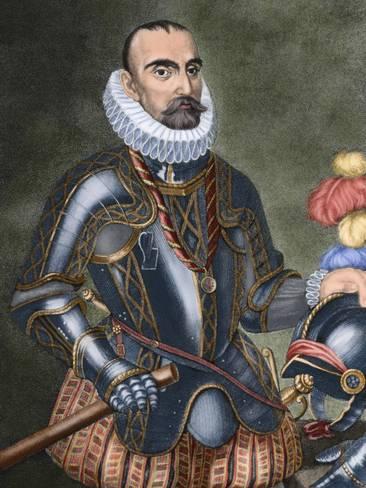
Gonzalo Fernandez de Cordoba
Given the historical implication of the Crown of Aragon in Italy and for another series of reasons (their Christian virtues, the conquest of Granada, the expulsion of the Jews and the crusade against the Muslims), Ferdinand and Isabella received the title of Catholic Kings, granted by the Pope Alexander VI, through the bull “Si convenit”, of December 19, 1496. This title was inherited by the descendants on the throne (both Austria and Bourbons), currently being owned by the King Philip VI of Spain. The Pope Alexander VI awarded him the honorary distinction of Rose of Gold of Christianity, in 1500.
At the end of their days, the family misfortunes were primed with her. The death of her mother, Isabel, her only son and the abortion of his wife, the death of her eldest daughter and her grandson, Miguel (who was to unify the Kingdoms of the Catholic Kings with that of Portugal); the alleged "madness" of her daughter, Juana (who openly defied her mother in Medina del Campo) and the snubs of Felipe el Hermoso; the departure of her daughter, Maria to Portugal, after marrying Manuel I of Portugal and the uncertainty of her daughter Catherine, after the death of her English husband, plunged her into a deep depression, that made her wear a severe mourning for the rest of her life.
Well, I hope that you will like this article.
Until my next post, kind regards,
Luis.
Sponsored by Costaluz Lawyers.
Please click below:
